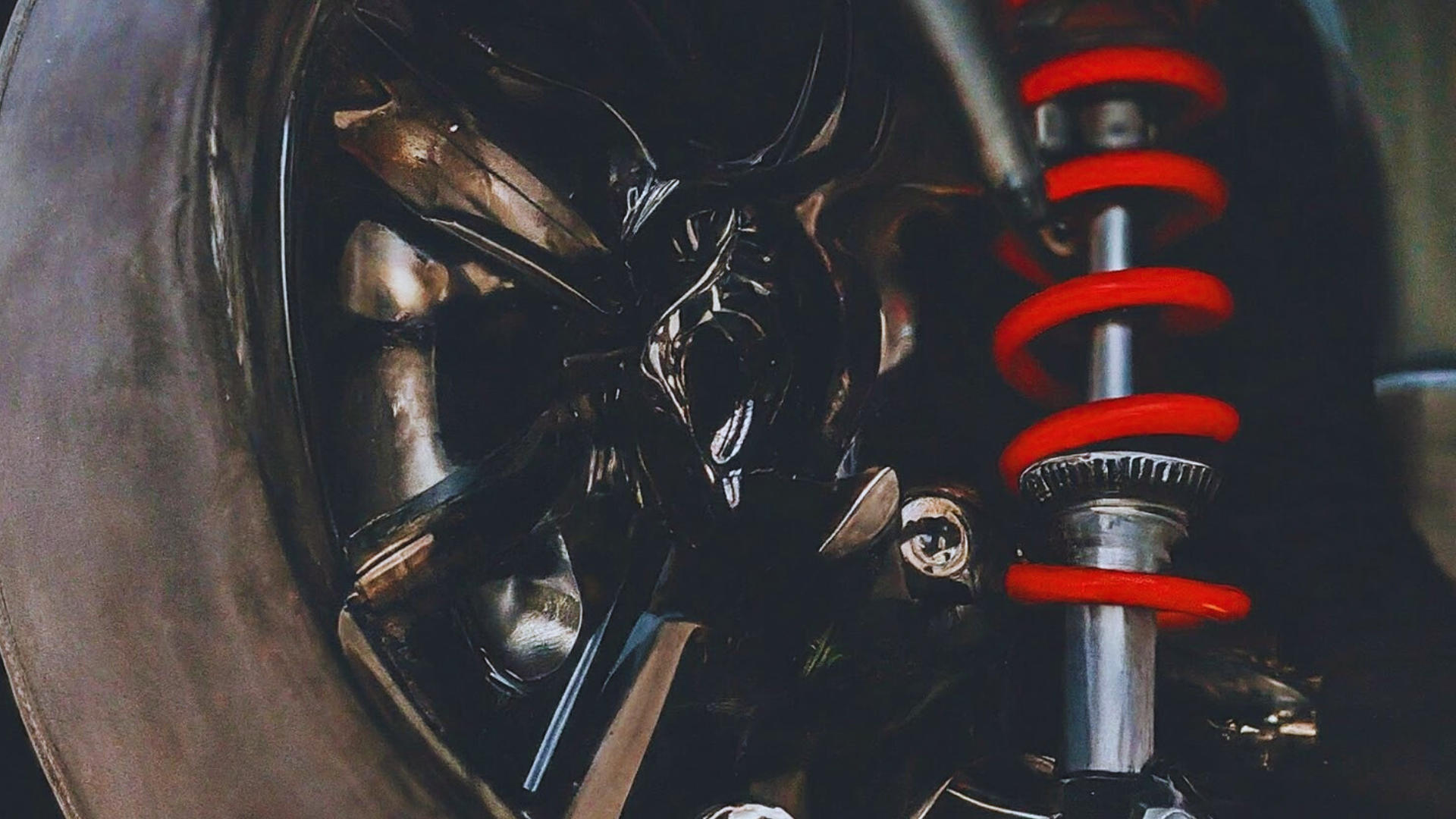A beginner's guide to car suspension: keeping your ride smooth and safe

Your car's suspension system is like a silent guardian, working tirelessly beneath the surface to ensure a smooth, comfortable, and safe ride. But what exactly is suspension, and how does it work? This beginner's guide will break down the key components and functions of car suspension, making you a more informed driver.
The Importance of Suspension
Imagine driving down a road without suspension. Every bump, pothole, and crack would send jolts through your car, making the ride uncomfortable and potentially dangerous. Suspension plays two critical roles:
Comfort: By absorbing bumps and vibrations, suspension allows your car to glide over uneven surfaces, providing a smooth and enjoyable ride for you and your passengers.
Handling: Suspension helps maintain optimal contact between your tires and the road. This ensures better handling, especially when cornering or maneuvering, keeping you in control of your vehicle.
Key Components of a Suspension System
Several key components work together in your car's suspension system:
- Springs: These metal coils or leaf springs bear the weight of your car and absorb impacts from the road.
- Shock absorbers (or struts): These dampen the bouncing motion of the springs, preventing excessive bouncing after hitting a bump.
- Control arms and linkages: These connect the wheels to the car's frame, allowing the wheels to move up and down while maintaining proper alignment.
- Bushings: These act as cushions between various suspension components, absorbing vibrations and reducing noise.
Types of Suspension Systems
There are two main types of suspension systems:
Independent suspension: Each wheel moves independently, providing a smoother ride and better handling. This is the most common type in modern cars.
Dependent suspension (solid axle): Both wheels on an axle are linked, so movement of one wheel affects the other. This is more common in trucks and SUVs, offering greater durability for off-road driving.
Signs of Suspension Trouble
- A faulty suspension system can manifest in several ways:
- Excessive bouncing or swaying
- Uneven tire wear
- A feeling of looseness or vagueness in the steering
- Strange noises from the suspension when driving over bumps
If you experience any of these signs, it's crucial to have your car inspected by a qualified mechanic to ensure your safety and a smooth ride.
Maintaining Your Suspension System
- Regular maintenance is key to keeping your suspension system in top shape. Here are some tips:
- Get your car's suspension inspected by a mechanic periodically.
- Avoid overloading your car, as this puts extra stress on the suspension.
- Be mindful of road conditions and avoid potholes and bumps whenever possible.
- Consider replacing worn-out suspension components when necessary.
By understanding the importance and workings of your car's suspension system, you can ensure a comfortable, safe, and enjoyable driving experience. Remember, a well-maintained suspension system is an investment in your car's overall performance and longevity.
I want to find the highest selling price for my car within 24 hours!
Download the Motorist App now. Designed by drivers for drivers, this all-in-one app lets you receive the latest traffic updates, gives you access to live traffic cameras, and helps you manage vehicle related matters.
Read More: The Motorist Guide to understanding Malaysian road and highway signs
